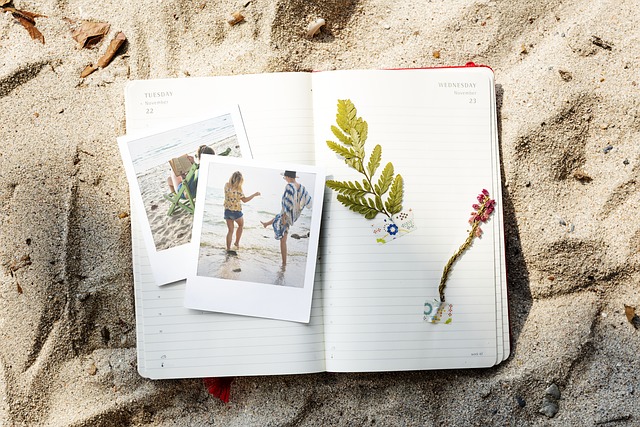
Photography can be one of the hardest art that requires both natural talent and training. This doesn’t mean you’re born a great photographer, it means you must put in the effort to learn all the new trade tips and stick to a routine that is successful for you.
Using digital software, photos can be altered to look like watercolors, pencil sketches and much more. While there are several imaging software available, Adobe Photoshop is by far the most popular one to use. Some of these programs are more complicated than others, but the filter function is how you can convert your photos to art-like quality. Tinker around here and find filters you like.
Choose what to focus on and what elements to include in the picture.A great picture will allow the viewer to see a little window into specific characteristics of the subject in the photograph. Don’t focus on too many things into the picture. If you want to give a more general impression of something, shoot a sequence of pictures, instead of a single image without a clear subject.
Try new things, and don’t shy away from taking original photos. Avoid cliched poses or shots that you have been done over a thousand times. Try to find interesting angles, and try unique angles.
Pick what you want in the picture. A great photo will be like you are looking at your object through a little window. Avoid the temptation to include your entire subject in the photo. To give an overview of a subject, take multiple pictures, instead of a single shot that may not have all of the details.
Many people think that bright, when in fact, but the truth is that direct sunlight can ruin any photo. It can cause a number of negative effects on your photos, causes subjects to squint, and highlights unevenly. Early mornings or the evenings are much better choices for photo shoots.
Framing is very important when you are considering your shot. Zoom in on your subject or the most important part of the photo and eliminate any surrounding distractions. This method can help eliminate unwanted focal points and keep clutter in your pictures.
Test varying shutter speeds to learn which speed works best for certain scenarios. Different shutter speeds allow you to get quick action shots, as well as blur several seconds worth of time together. Set the speed of your shutter to a fast one in order to still motion, or a slow one to portray the best features of landscapes.
You should enjoy taking pictures.Taking photographs should allow you to capture the essence of a memorable event in your life, and reviewing them later should give you a sense of warm nostalgia. Have fun when actually taking the photos so that you can be excited about learning a new skill.
Take pictures of strange and everything on trips. While the pictures might not seem particularly important to you at the time, you should consider whether or not you’d enjoy seeing it again when you are revisiting the photographs from your trip.
You will learn so much if you watch other photographers. Viewing others’ work will help you remember that capturing a moment can be done in so many different ways.
Move in closer to whatever subject when you are taking a picture of.
You are permitted to move your subject around so that you can find a unique shot.
Framing the subject in a photo is very important. Use your zoom feature to take away objects that might draw attention where you do not want it. You can take away all of the clutter and unwanted objects in your pictures.
Try your hardest to make sure your models are comfortable, particularly if you are not acquainted with them. Many people tend to see someone taking photos as a possible threat. Be friendly, talk to them and ask for their permission to take their pictures. Help people see photography as an art form, and not just a method of invading their privacy.
After the film is developed, try getting prints on various paper types, including fiber-based papers.
Another handy photography tip involves the camera’s shutter. Shutter speed settings are an important feature of your camera. On your SLR camera there are several settings; S, A, M and P. Using the “P” setting will put your camera into program mode. This will have the shutter speed ad aperture already set. If you have no clue about what subject you’re photographing, the “P” setting is helpful.
Composition is an important factor that every beginning photographer should consider and master when delving into photography. Like other forms of art, if the composition is lacking, the work will suffer.
Learn a valuable art in composition by learning that less is much more with photographs. Simplicity can translate into elegance, so apply this to your photographs.
The more pictures that you take, the higher your chances will be for getting some great shots, so make sure you have a memory card that will hold a lot. Optimizing your storage capacity will ensure that you do not waste time changing memory cards or choosing shots to delete during a session. You can also use your camera to shoot your pictures in the RAW format, which allows for greater editing later.
If the above article has illuminated anything at all, it should be that anyone can become a skilled photographer with the right information and work ethic. Taking pictures has a lot more to it than just pointing and clicking a camera. It is capturing the beauty in the world and immortalizing it.